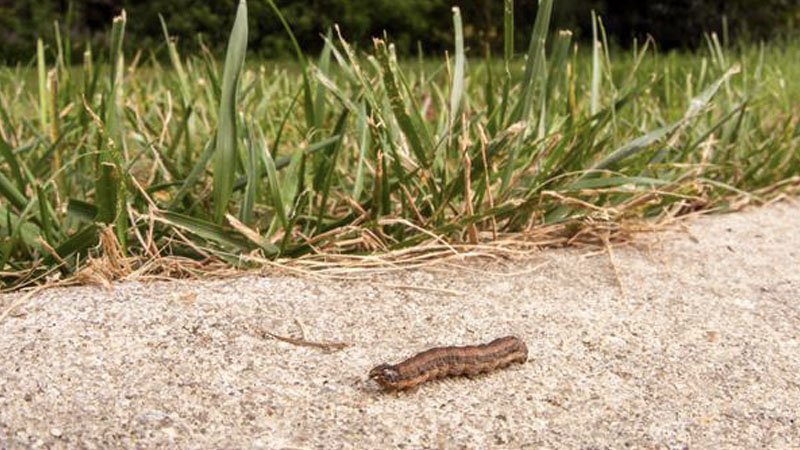
For more than 50 years, chlorpyrifos has been effective at eliminating a host of insect pests, many of which are found in turf. For more than 10 of those years, those who object to its use have been trying to eliminate the chemistry from the market.
Amid claims of adverse health effects attributed to long-term exposure, chlorpyrifos has been at the center of controversy for years, and several organizations have lobbied the U.S. Environmental Protection Agency to cancel its registration.
Earlier this summer, the agency decided against a ban on chlorpyrifos, which is commonly used in agriculture and also is effective in turf to control pests such as armyworms, cutworms and sod webworms.
A request to ban the chemical was submitted by at least a dozen public advocacy groups as well as the states of New York, Washington, California, Massachusetts, Maine, Maryland and Vermont in 2007. The EPA initially decided against a ban two years ago, and reiterated those same sentiments in July. At least six of those states mentioned here now are involved in a lawsuit against the EPA challenging its decision to allow the continued use of chlorpyrifos.
It was banned nationwide for use in the residential market a decade ago, but still is registered for professional use in 49 states (Alaska). Some states have initiated limited-use rules and lawmakers in Hawaii have enacted a statewide ban that will go into effect in 2022. New York lawmakers also have passed a similar ban that is awaiting the governor's signature.
Opponents say long-term exposure to the chemistry, which was patented by Dow in 1966, can cause neurological damage and claim that children are especially at risk. A data sheet published by Oregon State University says it does not bind to the soil and is not commonly taken up by plants, but is a concern in runoff.
The EPA in 2015 produced studies it said at the time backed up such claims, but has since reversed its own findings.

